Good pain or bad? Know the different kinds and when to seek help
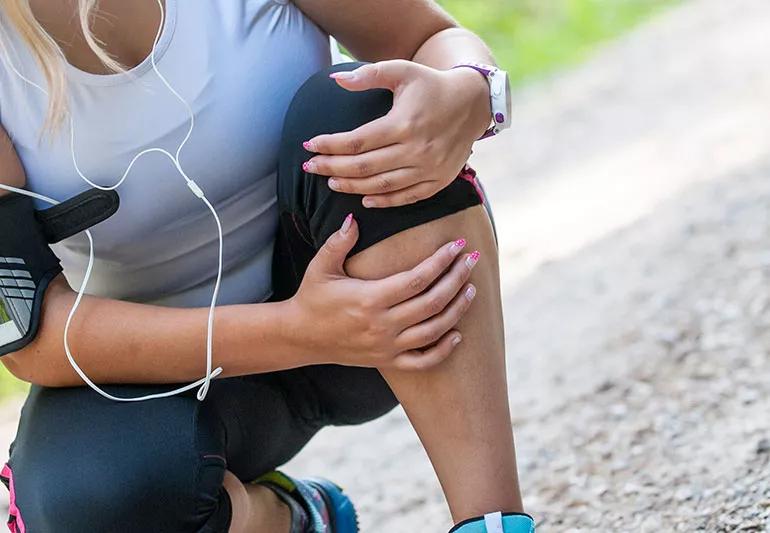
Athletes, fitness buffs and novices alike all know the saying: “No pain, no gain.” To some extent, this is true.
Cleveland Clinic is a non-profit academic medical center. Advertising on our site helps support our mission. We do not endorse non-Cleveland Clinic products or services. Policy
But how do you know if the pain you feel after exercise is a normal or positive sign of the work you’ve done, or whether you have actually done something to seriously injure yourself?
It can be hard to know in every case, but you can learn some things to look for to help you know the difference between pain stemming from working your body in a healthy way, versus pain that results from injury.
For example, according to acupuncturist Thuy Kim Nguyen, DAOM, LAc, it’s common for weight training and cardiovascular activities to stress our bodies in a positive way. These activities condition our bodies and enhance our strength and endurance.
“By pushing our physical boundaries, we can perform at our best,” she says. “This almost always comes at the cost of feeling some level of pain. But it’s a different kind of pain than the kind that tells you something is wrong.”’
Dr. Nguyen discusses the difference between pain you need to be less concerned about and pain you shouldn’t ignore.
Good pain, or the “burn” when you lift weights
“Good pain,” believe it or not, does exist. The most common type of good pain is the “burning” muscle pain most often felt while performing an exercise such as weight lifting.
The burning sensation resolves immediately when you put the weights down. It is caused by the buildup of lactic acid, a natural byproduct produced by your muscles.
Delayed onset muscle soreness (DOMS)
DOMS is really just soreness after working out your muscles. It is the common pain described as a generalized ache that begins a few hours to a couple of days post-workout.
DOMS is often experienced when you begin a new exercise that the body is not accustomed to, or if you have increased the intensity of your workouts.
Injury to muscle fibers and connective tissue, only seen under a microscope, occurs due to the stress of the exercise — which is the culprit for this generalized ache.
DOMS typically resolves within a day or so and does not impede your ability to perform normal daily activities or movement of your limbs and joints, Dr. Nguyen says.
According to Dr. Nguyen, while there are instances when you can anticipate pain as a result of exercise, make sure that you pay attention to it’s duration, or if it changes from dull to sharp, aching to throbbing, or similar. If it lasts longer than a couple days after workout, see your doctor.
You should always be cautious about pain, especially if it is severe or persists afterwards because serious injuries could be a culprit, Dr. Nguyen advises. These include a stress fracture or tear, or they can be signs of other health issues. If it’s something more serious, medical attention will be needed.
“If you aren’t sure, always err on contacting your doctor,“ she says.
There are many kinds of pain that indicate something else could be wrong. Don’t ignore any of the following types, and definitely see your doctor if your pain:
“If you experience any of these pains, you should seek treatment from a medical professional,” Dr. Nguyen emphasizes. “The sooner you resolve an issue with pain, you may be deterring further injury — and the sooner you can get back to being your healthier self.”
Learn more about our editorial process.
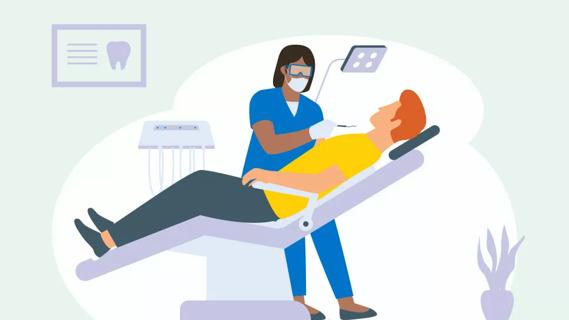
If you have naturally red hair, feeling the pain may be in your DNA
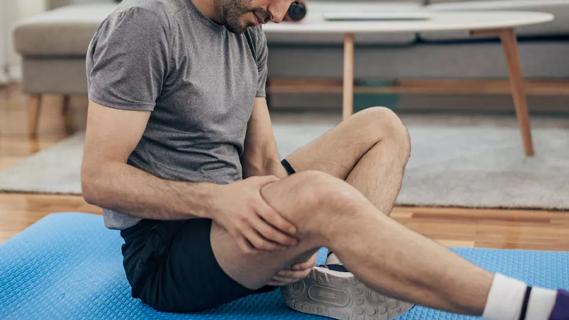
Stretching, heating pads and massage guns can provide quick relief
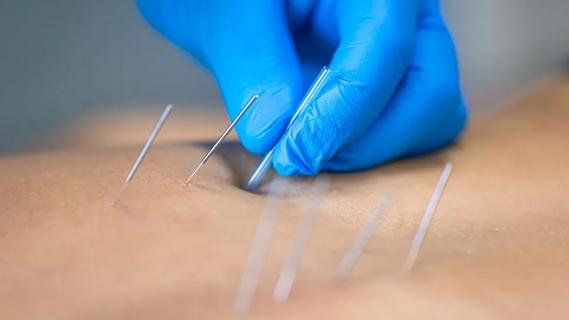
Both can help reduce pain, but they’re very different in terms of origins, philosophies and practices

As part of a larger treatment strategy, it can help decrease muscle tightness and reduce pain
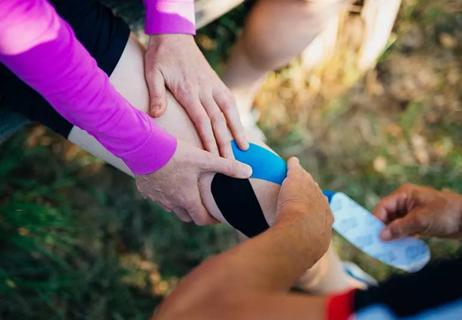
Elastic therapeutic tape can provide extra support, but it can’t improve your stats
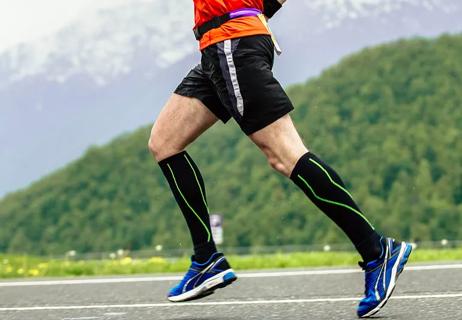
Safe to wear for most people, compression socks promote better blood circulation in your legs
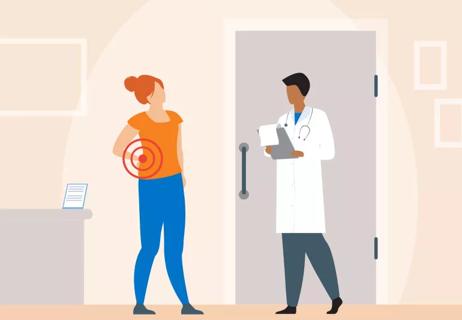
Arthritis, migraines and endometriosis are common causes of chronic pain

Finding a neutral position can ease stress on your back, neck and shoulders

Your metabolism may torch 1,300 to 2,000 calories daily with no activity

A gentle touch in all the right places may help drain your sinuses